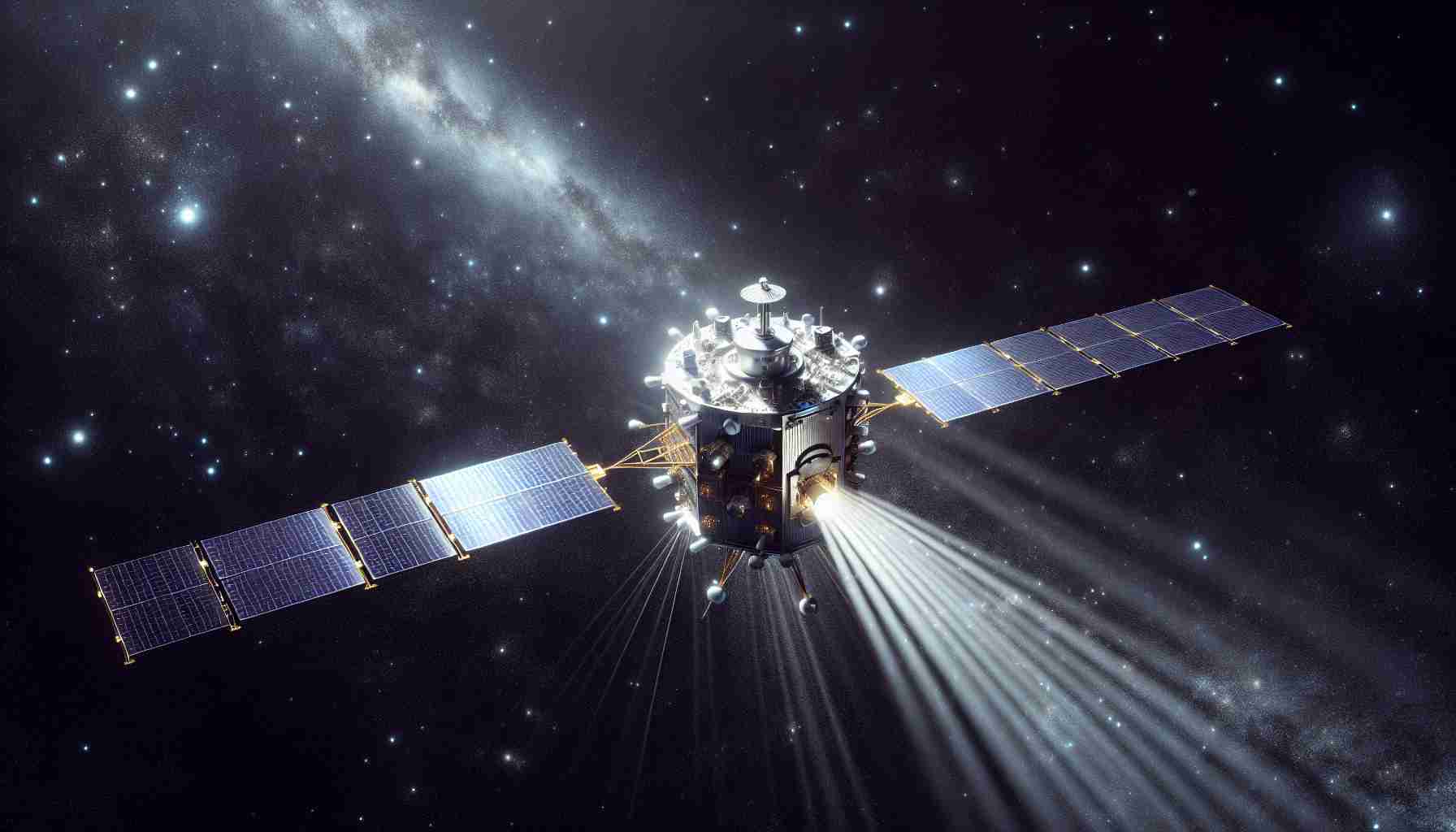Chinese scientists have made a groundbreaking discovery in the field of satellite communications, unveiling the world’s first satellite capable of facilitating smartphone calls directly, without the need for ground-based infrastructure. Inspired by the biblical Tower of Babel, the Tiantong satellite aims to bridge communication divides and connect people around the globe.
The Tiantong-1 satellite series, consisting of three satellites in geosynchronous orbit at 36,000km, covers the entire Asia-Pacific region. This achievement was made possible when Huawei Technologies introduced the world’s first smartphone supporting satellite calls, followed by other manufacturers such as Xiaomi, Honor, and Oppo.
These technological advancements have proven crucial, especially during emergency situations where traditional communication networks may be disrupted. For instance, during a 6.2-magnitude earthquake in Gansu province, individuals were able to stay connected with the outside world using the satellite call feature on their smartphones.
The team behind this project, led by Cui Wanzhao from the China Academy of Space Technology, has successfully addressed technical challenges related to satellite calls’ quality. By overcoming issues with passive intermodulation (PIM), the Tiantong satellites are now capable of capturing signals from standard smartphones without the need for external antennas, while operating across multiple frequency bands.
The Tiantong Project was born out of the devastating 2008 earthquake in Sichuan province, which resulted in the loss of over 80,000 lives. Communication breakdowns in affected areas intensified the crisis and hindered rescue efforts. In response, the Chinese government launched the Tiantong Project, aiming to establish a satellite communication system that provides universal access to communication services, regardless of socio-economic status.
China’s advancements in satellite communication technology have positioned the country as a frontrunner in the global arena. This breakthrough ushers in a new era, where geographical isolation no longer leads to communication isolation. The Tiantong satellite paves the way for universal connectivity like never before, changing the way people communicate and connecting the world in ways previously unimaginable.
The Tiantong satellite’s capability to facilitate smartphone calls directly, without relying on ground-based infrastructure, is a groundbreaking breakthrough in the field of satellite communications. This innovation is expected to have a significant impact on various industries and markets.
In the telecommunications industry, the Tiantong satellite opens up new possibilities by enabling direct satellite calls on smartphones. This can be particularly beneficial in remote and underserved areas where traditional communication networks may be unreliable or nonexistent. It provides an alternative means of communication, ensuring that people can stay connected even during emergency situations or natural disasters.
Market forecasts indicate that the demand for satellite communication technologies will continue to grow, driven by the need for reliable and ubiquitous connectivity. According to a report by MarketsandMarkets, the satellite communication market is projected to reach $40.7 billion by 2025, with a compound annual growth rate (CAGR) of 9.0% during the forecast period.
The Tiantong satellite’s ability to capture signals from standard smartphones without external antennas and operate across multiple frequency bands is a significant technical achievement. Overcoming challenges related to the quality of satellite calls, such as passive intermodulation (PIM), has paved the way for improving the user experience and expanding the potential applications of satellite communications.
The Tiantong Project, initiated after the devastating 2008 earthquake in Sichuan province, highlights the importance of satellite communication in emergency situations. By establishing a satellite communication system that provides universal access to communication services, China aims to mitigate the impact of communication breakdowns during crises and enhance rescue efforts. This project demonstrates the government’s commitment to ensuring connectivity for all, regardless of socio-economic status.
The advancements in satellite communication technology position China as a frontrunner in the global market. With the Tiantong satellite, the country has achieved a significant milestone in breaking down geographical communication barriers. It has the potential to revolutionize the way people communicate and connect the world in ways previously unimaginable.
For more information about satellite communication technology and market trends, you can visit the following links:
MarketsandMarkets
China’s Tiantong-1 satellite connects smartphones
Huawei Technologies
The source of the article is from the blog lanoticiadigital.com.ar
